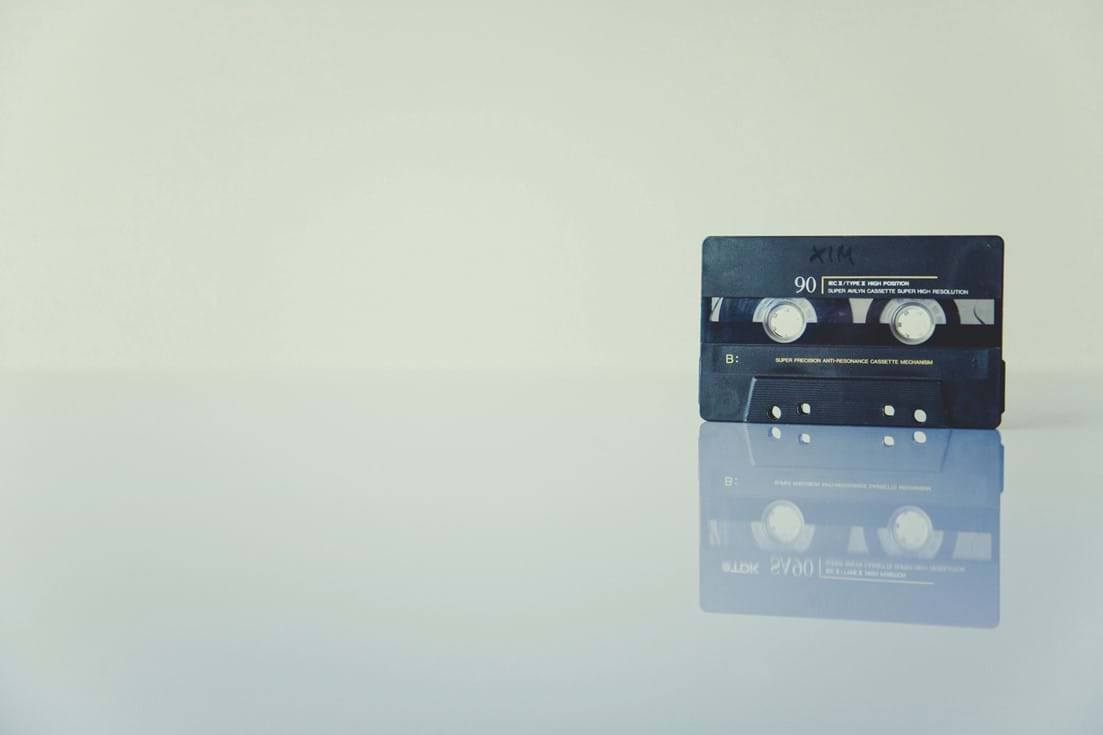Musings
A Brief History of Music Streaming
A Brief History of Music Streaming
Not too long ago it would’ve seemed like science fiction: nonchalantly thumbing through tens of millions of tracks on our technology rectangles every day on the metro to work. But how on earth did we get here?
The history of music technology is peppered with breakthroughs that freed people from constraints. Radio meant no longer physically having to go to a live performance if you wanted to listen to music. Vinyl gave people the option of playing records they owned rather than being stuck listening to whatever was on the radio at the time. Then cassettes made a personal music collection portable, so you could listen to it anywhere.
We’re now deep in the digital era, untangling recorded music’s historical link with physical media – and things are changing at speed. Just 15 years ago, people were excited to own a device the size of a deck of cards that stored a thousand songs. Now, countless pieces of internet-connected hardware offer instant access to tens of millions of music tracks.
But how did we get here?
Lossy leaders
Modern streaming services – TIDAL, Spotify, Apple Music et al – are the culmination of two decades of cutting-edge technological achievements, evolution and iteration. Their architects have unpacked and developed audio file formats, delivery platforms and smart algorithms, and sharp-eyed business people have converted that vision into the subscription models we know today.
MP3 was the first strand to arrive. The end result of years of research into lossy algorithms, MP3 could approximate lossless audio (WAV; AIFF) but required a fraction of the storage space. And as people ventured on to the internet in increasing numbers at the tail end of the 1990s, MP3 heralded the dawn of a music revolution.
Home Taping Is Killing Music
Mind reader
Between the launches of Napster and the iTunes Music Store, another streaming audio service puzzle piece arrived: Last.fm. It number-crunched your listening habits, made comparisons with everyone else’s data, and served up recommendations.
This kind of personalisation wasn’t entirely new even then – online stores were using similar techniques based on your buying history. But this, for the first time, was machines (rather than humans) suggesting new music for you to try – and often doing a good job.
In 2005, Pandora built on similar algorithms, but used them as the basis for a reinvention of radio. Instead of listening to a show helmed by a DJ with tastes vaguely aligned with yours, you instead got your own station. Pandora danced with freemium as well, using a payment system akin to Spotify’s today. For free, your music was regularly interrupted by ads; for a tenner a month, you got endless music of the kind that would have once left even the most talkative DJ speechless.
Do it yourself
It was the indies – and those championing them – that brought us the final component of modern streaming: listening to specific tracks or albums on demand. The landscape remained fragmented, but through the socially-inclined MySpace Music and Soundcloud, you could stream tracks by a huge range of relative unknowns; Bandcamp more echoed the iTunes Store, but those who didn’t want to buy an album could stream it instead.
Spotify and a TIDAL wave
In 2008, the tipping point occurred. Spotify put all these things together. Lossy streaming audio and improved consumer internet connectivity made ongoing high-quality audio playback viable – and it would adapt to bandwidth constraints, too. The more you listened, the more Spotify’s recommendations improved. And for the first time, a catalogue that even Napster couldn’t compete with was yours for ten bucks per month.
Spotify’s relatively slow expansion outside of a few European countries (it was 2011 before it arrived in the USA) provided space for other companies to offer their own takes on the model. Since then, giants including Apple, Google and Amazon have clambered aboard the stream train – as have many smaller companies, each seeking to differentiate themselves in key ways.
Apple and Spotify doubled down on discoverability, with playlists to expand your listening tastes. TIDAL in 2014 then offered a quantum leap for people with quality hardware: the option to stream in lossless FLAC rather than AAC or MP3 (albeit for a price twice that of standard TIDAL). In an age where storage is moving from affordable hard drives to pricey solid-state devices, such access to high-res audio is more than welcome, and it’s likely TIDAL’s rivals will soon follow suit.
So where will things go from here? Rumours abound about music services looking at more content generation, exclusives, and video. Only one thing’s for sure: streaming’s here to stay. After all, even if you own a room full of vinyl, you’re going to be tempted by instant access to the vast majority of all recorded commercial music for a tenner a month.
The original story can be found on Dynaudio‘s Website.


